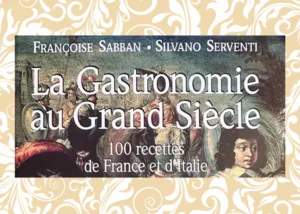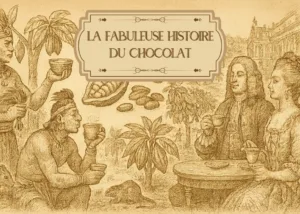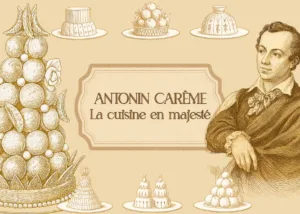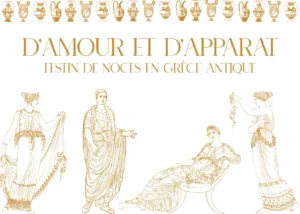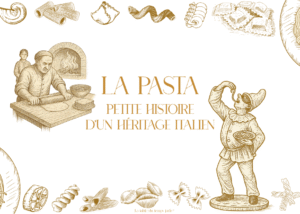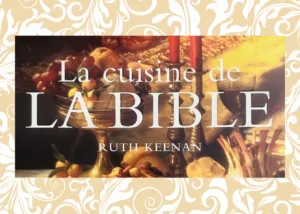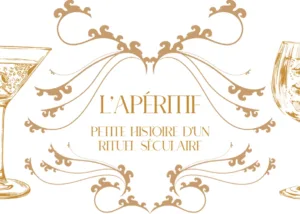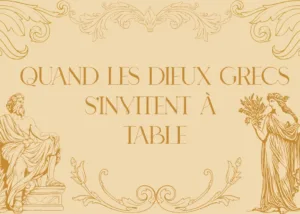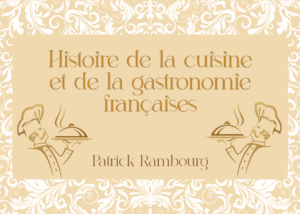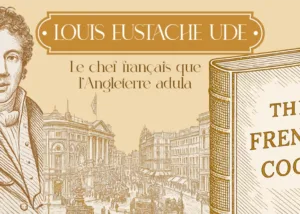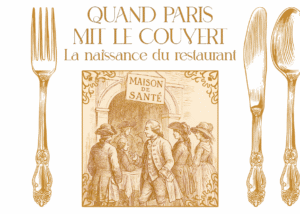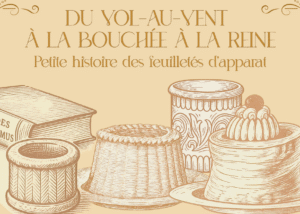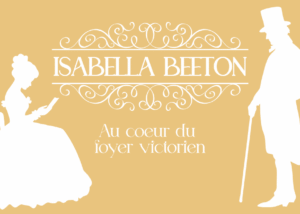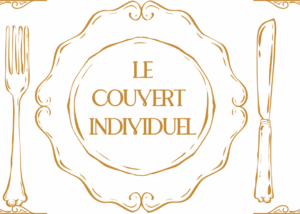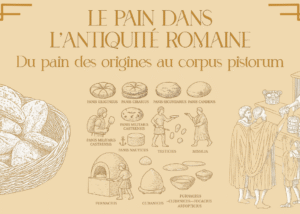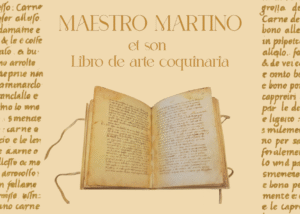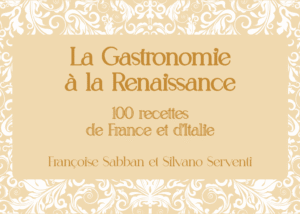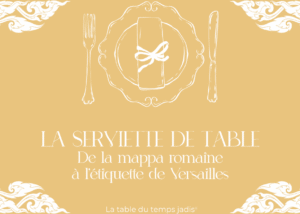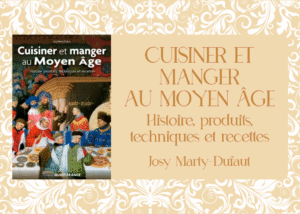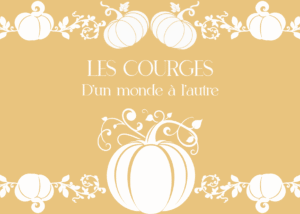The menu, a modern invention
A short story on the menu

Reading a menu is a commonplace gesture today: we read it, we choose. But behind this obvious fact lies a story, born in the circles of power and perfected by the greatest masters of French cuisine. From the splendor of royal tables to Escoffier , the menu has always been much more than a simple list of dishes: it is a mirror of its time, a culinary manifesto, an art in its own right.

Choisy menus
Before Choisy , the menu was only an administrative . Written for the kitchen officers and cooks, it detailed the sequence of dishes to be prepared and their service, but had no decorative or public purpose. It was a working tool behind the scenes, not an object to be placed on the table.
At Choisy , everything changed. In this favorite residence of Louis XV , the menus were adorned with refined ornaments : elegant calligraphy, gilded cartouches, delicate watercolors of flowers, sometimes even royal emblems. The menu was no longer just a guide for the staff, but a prestigious message intended for the guests.
The names of the dishes—soups, sauces, starters, roasts, desserts—line up like the acts of a culinary opera . The text becomes poetry, promise, and appetite-whet. The menu is read, contemplated, admired.

From the court to the city
With the Revolution and the disappearance of the great aristocratic houses, the talents of the former court cooks moved to the emerging restaurants. The menu then changed its function: it left the kitchens and arrived in the hands of the customer.
The first restaurants sometimes displayed their offerings on a board or a handwritten sheet, but the idea of an individual menu gradually spread. This new medium offered a new luxury: choosing your meal . Whereas the inn imposed a single dish at a fixed time, the restaurant allowed you to compose your dinner, select food and wine, and adapt the service to your desires.
The menu becomes an object of curiosity , a tool of seduction and a sales pitch . Its writing is carefully crafted, and enticing descriptions are included, sometimes in French, sometimes in Italian, to appeal to the cosmopolitan tastes of the upscale clientele. It already becomes an element of the decor and the experience.

Lent and the art of structuring
In the 19th century , Marie-Antoine Carême , nicknamed the " king of chefs and chef of kings ", codified the art of the menu in his work Le maître d'hôtel français: traité des menus (1842). Carême established precise rules on the composition of a meal: balance between courses, alternation of textures, progression of flavors.
For Carême, the menu is an act of culinary architecture. It doesn't just list dishes: it tells a story, creates a build-up, and allows for pauses and surprises. Carême specifies that the choice of dishes must take into account the season (for the freshness and quality of the products), the importance of the event , and visual harmony (balance of colors, symmetry in the presentation of the dishes).
His menus, designed for diplomatic banquets as well as more intimate dinners, are ephemeral works of art. He elevates this planning tool to the rank of an aesthetic manifesto , lastingly influencing French gastronomy.

Escoffier, modern precision
A century after Carême, Auguste Escoffier brought the art of the menu to its peak. A visionary chef of the Belle Époque , he lightened the overloaded menus inherited from the 19th century, eliminated excesses and orchestrated the succession of dishes with the rigor of an orchestra conductor.
For him, the menu is not a simple culinary inventory: it is the backbone of the meal , a strategic tool that organizes the work of the brigades, plans supplies, respects seasonality and translates the personality of the house. Conceived as a score, it balances colors, textures and flavors, seducing the eye even before the first bite.
In 1912 , he published The Book of Menus , a collection of hundreds of suggestions adapted to the seasons, clientele and circumstances – from intimate lunches to formal banquets. In it, he defended the freshness of products, the precision of combinations and the harmonious rhythm of service.
Escoffier also knew how to make the menu an object of prestige: he created dishes for exceptional guests, such as the Pêche Melba for the singer Nellie Melba or the Crêpes Suzette , according to legend, for a lady who accompanied the Prince of Wales. Each title was weighed, each word chosen, each season respected. Under his pen, the menu became the chef's signature and an emblem of French excellence .
From the secret of royal kitchens to the menu on our tables, the menu has come a long way. A tool of order, an aesthetic manifesto, a promise of flavor : it tells the story of gastronomy through that of its greatest masters. And each time we glance at it, we savor a little of this heritage before even taking the first bite.

Find other blog articles
Find other blog articles



